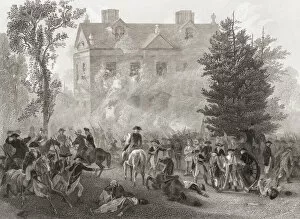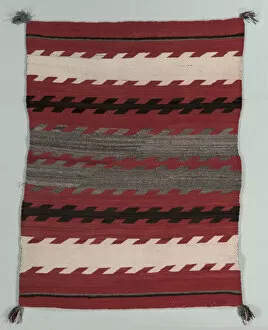Germantown Collection
Germantown, a place steeped in history and rich cultural heritage
All Professionally Made to Order for Quick Shipping
Germantown, a place steeped in history and rich cultural heritage. From the rays of the sky illuminating its landscapes to the intricate patterns woven into rugs, this town holds stories waiting to be discovered. Step back in time with a rug showcasing the third-phase Chief Blanket style, crafted between 1890-1910. The unknown creator's skill is evident as vibrant colors and geometric designs come together harmoniously. Similarly, a Hubbell Revival-style Rug adorned with Moki (Moqui) Stripes transports us to an era where artistry thrived. Delve deeper into Germantown's past through artifacts like the Wearing Blanket featuring Moki (Moqui) Stripes from 1865-1875. Its mysterious creator left behind an enigmatic legacy that continues to captivate our imagination. The Ovens River flows gracefully through Germantown, offering respite for locals and visitors alike. In a photograph captured in 1901 by an unknown photographer, we witness people enjoying nature's embrace while creating lasting memories along its banks. Roberts Mill stands tall as a testament to Germantown's industrial prowess during the 19th century. This architectural marvel played a vital role in shaping Pennsylvania's landscape and economy. However, not all tales told are peaceful; some recount moments of conflict etched forever in history books. The Battle unfolded on October 4th, 1777—a pivotal event during the American Revolutionary War. An engraving by Hinshelwood after Alonzo Chappel immortalizes action around Chief Justice Chew's house—an intense scene frozen in time. Artistic expressions also find their place within Germantown’s narrative—Banded Rug from America showcases Native North American craftsmanship from 1890-1900 while Fourth-Phase Chief Blanket Style Rug reveals evolving styles around 1900.






















